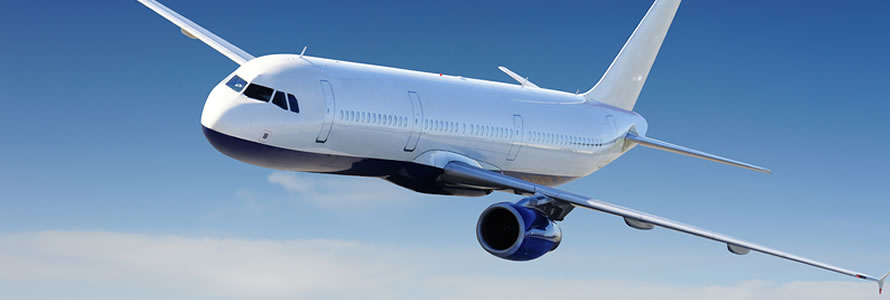Taking a gap year can often mean you’ll have to endure long-haul flights, a prospect that many travellers don’t find particularly appealing. Long journeys can be made much more bearable by following a few simple travel tips, which we’ve put together to help you endure your next long-haul flight.
Motion Sickness
Everyone reacts different to travelling, whether it be by plane, boat, car or train and motion sickness can happen to anyone, no matter how well travelled they may be. The symptoms of motion sickness can include vomiting, dizziness and cold sweats.
If you’ve experienced problems with motion sickness in the past, you may find that an over-the-counter medication will help ease your symptoms and make your journey less uncomfortable. Some travel sickness medication can leave you feeling drowsy, so some travellers opt for motion sickness bands, which are worn around your wrists and use Acupressure to relieve symptoms of motion sickness.
It’s also a good idea to carry a pack of mints on flights, as they will help settle your stomach when you start to feel sick. If all else fails, you’ll most likely find a sick bag in front of you during the flight or you can bring your own travel sick bag, just in case.
Health & Medication
When you’re packing your carry-on bag, make sure you’ve packed all your essential medication that you will need during the journey. It’s also wise to bring some general medication, such as paracetamol, in case you get a headache during the flight.
Although it can be tempting to indulge in a few beers or glasses of wine during long-haul flights, don’t over-do it, as you will end up dehydrated. Dehydration can make jet-lag worse, so drink plenty of water during the flight to help limit the amount of time you’re left feeling jet-lagged once you reach your destination. Also, drinking plenty of water during the flight will mean you have no choice but to get up and walk to the toilet, which is great for stretching your legs and getting your circulation going!
DVT – Keep Moving!
During long periods of inactivity, we are at a higher risk of developing Deep Vein Thrombosis, so moving around as much as possible during your flight is extremely important to reducing your chances of getting DVT. Deep Vein Thrombosis is a blood clot that develops in one of the deep veins in your body, normally in the leg. Symptoms include tenderness, swelling and pain in your leg and when untreated more serious symptoms such as chest pain and breathlessness can develop.
Many people decide to wear special flight socks to help reduce the risk of developing DVT, these work by applying gently pressure to improve blood circulation during flights, they can also help reduce swollen ankles and tired legs! Getting up and walking around the cabin when possible can help get your circulation going and also help prevent cramp and discomfort in your legs, or you could try a few inflight exercises while you’re still in your seat!
Distract Yourself
Time can seem to drag on long-haul flights, so keep yourself entertained. Try and see this time as an opportunity to catch up on some reading that your busy schedule back home wouldn’t allow, or see a film you haven’t seen before. Airlines allow you to hire headphones in order to watch their in-flight entertainment, but if you’d rather use your own headphones, simply bring your own airplane headphone adapter. This will also help save you some money that can be better spent on your trip!
Another option to keep you distracted is bringing a guide book for your destination and a notepad, so you can plan out some activities and sights to see or read up on some local eateries!
Get Some Rest
Ok, so this one can sometimes be easier said than done…especially when there’s a screaming child or the loudest snorer in the world sat right behind you! However, investing in a good set of ear plugs can help block our noisy passengers and cabin noise, while you get some rest. Once you’ve taken care of the sound issue, a sleep mask would be useful for blocking out light, especially if the lights are on in the cabin.
In terms of getting comfortable enough to nod off, leaning against the window or on your travel buddy probably isn’t going to be your most comfortable option, so bring a travel pillow for some comfort and support. The design of pillow you bring is up to you, but the conventional inflatable neck pillows are a good choice as they provide support and comfort for both your head and neck.
Freshen Up
After a nap or several hours of travelling, you’ll probably be dying for a quick freshen up. Packing some wipes in your carry-on bag is a good way to ensure you can feel as fresh and clean as possible during long flights, or you could even bring some carry-on toiletries for stop-overs between flights.

